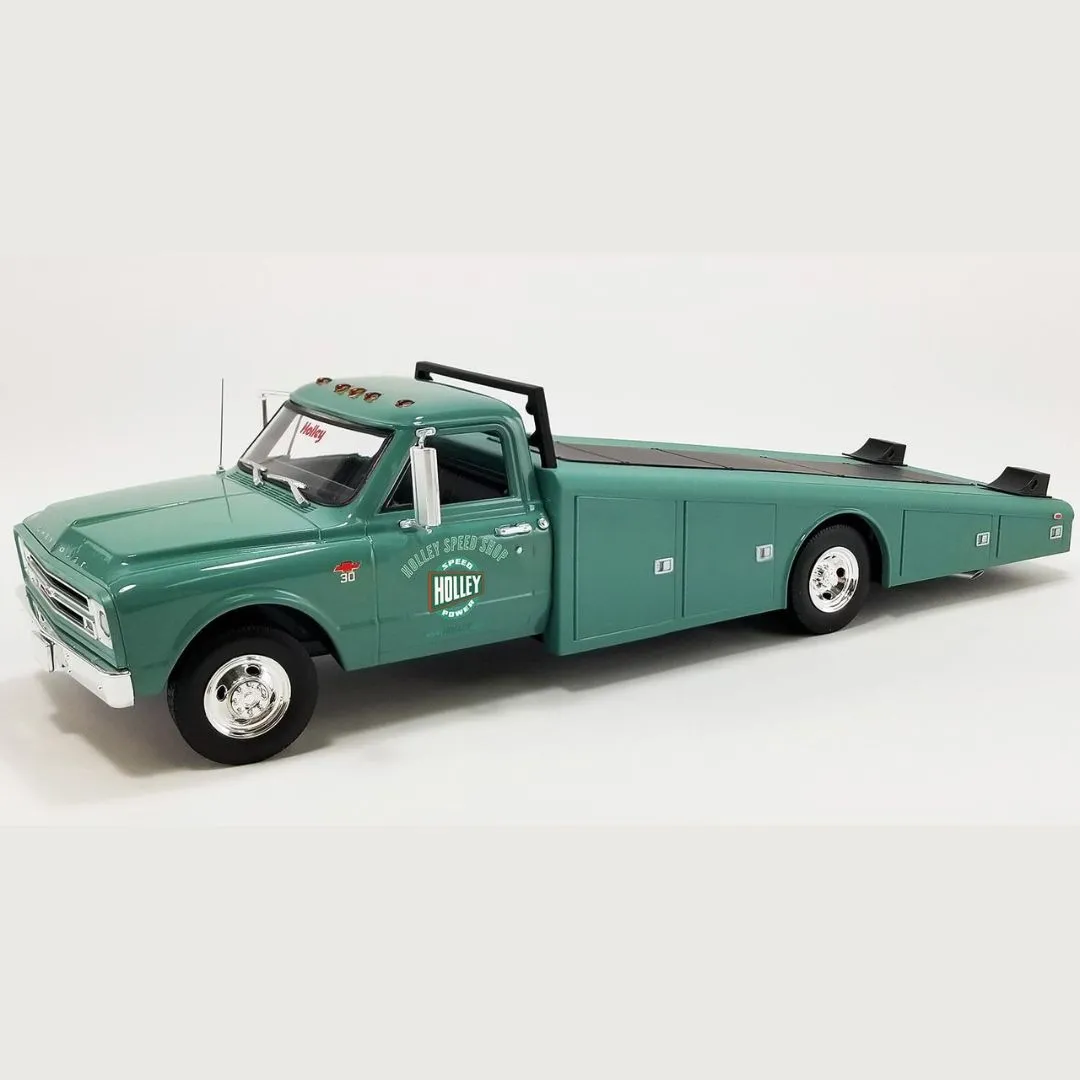The Safety of Diecast Cars
Diecast cars, beloved by collectors and children alike, offer a miniature world of vehicles to explore. However, as with any toy, the question of safety is paramount. Are diecast cars safe? The answer is nuanced, as their safety depends on several factors, including their construction, the age of the child, and how they are used. This article dives into the key aspects of diecast car safety, providing essential facts and guidelines to ensure a safe and enjoyable experience with these miniature marvels. Understanding potential hazards and adopting appropriate precautions is crucial for parents, guardians, and enthusiasts to minimize risks and maximize the fun of playing with diecast cars.
Material Composition and Safety
The materials used in diecast cars play a significant role in their overall safety profile. The primary material is typically a metal alloy, which contributes to the car’s weight and durability. However, the composition of this alloy and other materials, like the paints and plastics used, must be carefully considered. The safety of the metal alloys, the paint, and the plastic parts will determine if the toys are safe to use, and the quality is also important. High-quality diecast cars often adhere to stringent safety standards, using non-toxic materials to prevent potential health risks associated with ingestion or prolonged exposure. The selection of materials directly impacts the potential for hazards, such as lead or other harmful substances.
Metal Alloys Used in Diecast Cars
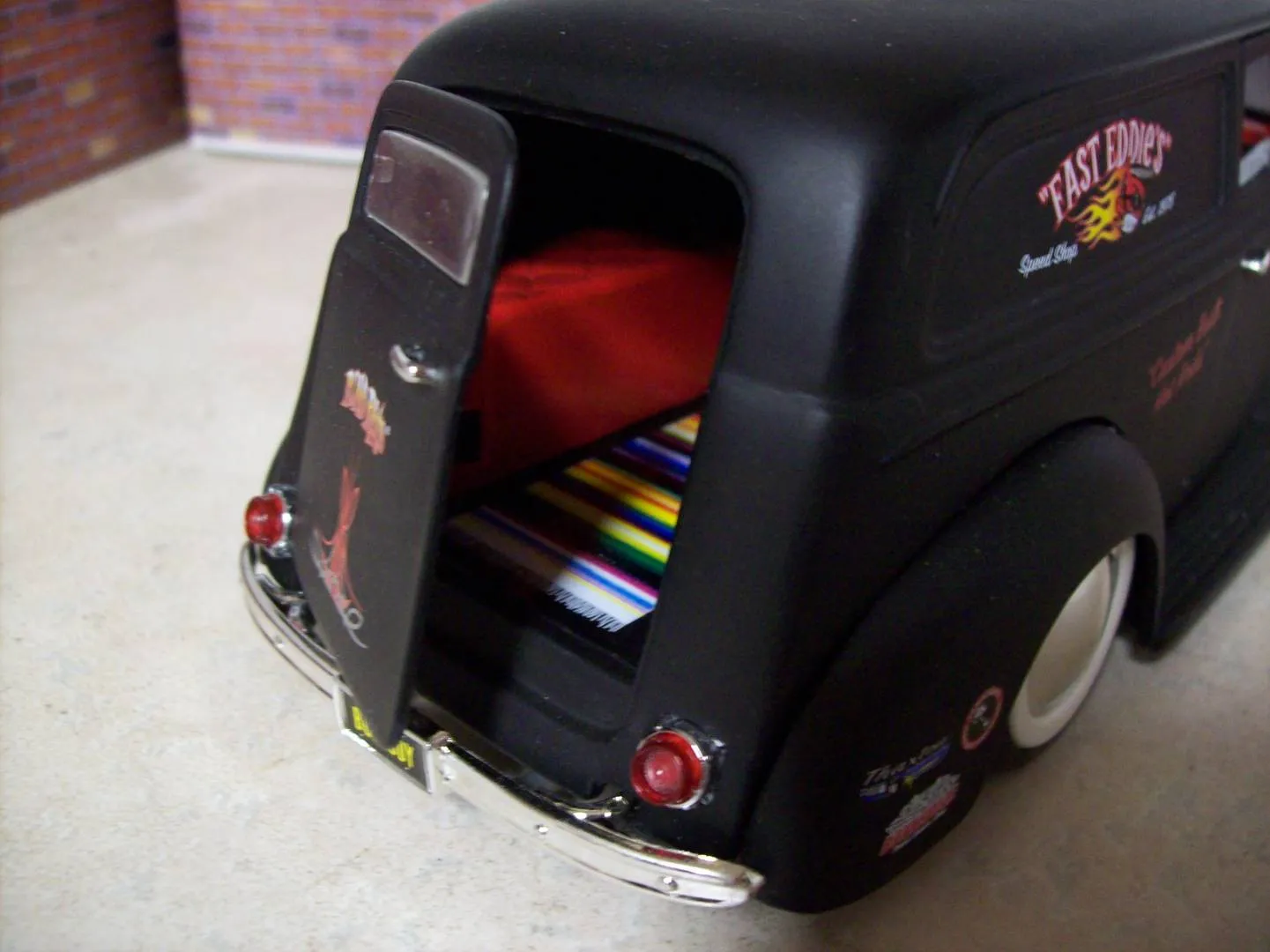
Diecast cars commonly utilize a metal alloy, usually zinc, aluminum, or a combination of metals. These alloys provide the weight and detail that diecast cars are known for. Modern manufacturing practices prioritize the use of alloys that are free from hazardous substances. Zinc alloys are commonly used in diecast toys because they can be molded into intricate shapes. Aluminum alloys are often preferred for their lightweight properties and resistance to corrosion. The use of these alloys helps determine the quality of the diecast cars. Ensuring that the metal alloys are safe and that there are no traces of dangerous materials is vital for child safety.
Potential Hazards of Metal Content
While metal alloys are generally safe, potential hazards can arise from the presence of certain elements. Older diecast cars, in particular, may contain lead or other heavy metals, which can pose a risk if ingested or if there is prolonged contact. Lead exposure can lead to serious health issues, especially in children. Therefore, it is crucial to be aware of the potential risks of the metal content. Always check that the diecast cars meet all safety standards. For example, some diecast toys have gone through safety certifications that guarantee that the toys are free of harmful components. Regular inspection of diecast cars for any signs of deterioration or damage is also important.
Choking Hazards and Small Parts
One of the primary safety concerns with diecast cars is the risk of choking, particularly for young children. Diecast cars often have small detachable parts, such as wheels, mirrors, or accessories, which can be easily swallowed. These parts are very dangerous for children and must be avoided. These small parts pose a significant choking hazard, especially for children under three years old, who tend to put objects in their mouths. Regular inspection of diecast cars for any loose or detachable parts is crucial. Ensure to buy toys that meet safety requirements. Always supervise children while they are playing with diecast cars. It is important to ensure that the children are not exposed to any potential hazards.
Identifying Small Parts and Preventing Choking
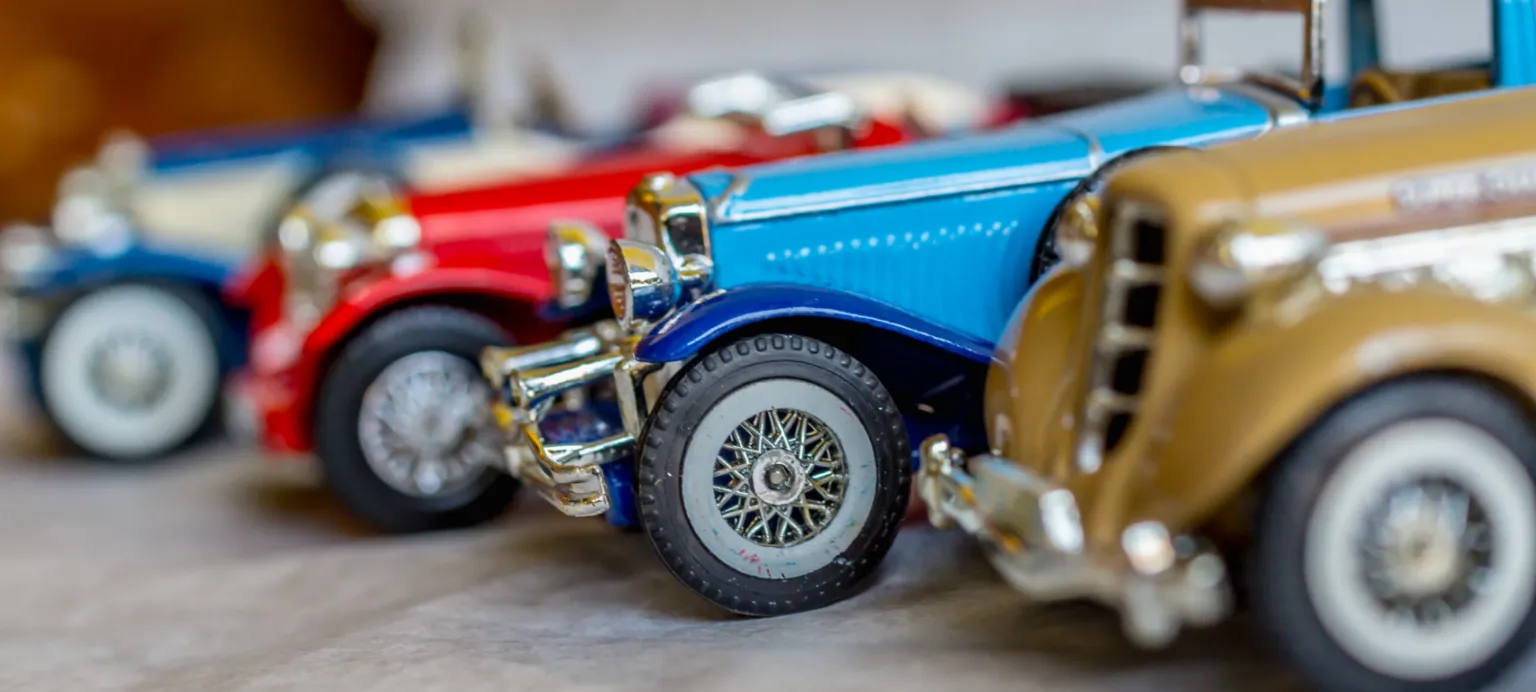
Identifying and mitigating choking hazards is an essential aspect of ensuring the safety of diecast cars. Parents and guardians should regularly inspect the cars for any small parts that can detach easily. This includes wheels, side mirrors, or any other decorative elements. Any loose or broken parts should be immediately removed or repaired. It’s best to avoid providing diecast cars with small parts to children under three. When selecting diecast cars for young children, choose models with larger, more durable components that are less likely to break off. Educating children about the dangers of putting toys in their mouths is also important. This will help make sure the toys are used safely and effectively.
Age Appropriateness and Supervision
Age appropriateness is another critical factor in diecast car safety. The suitability of a diecast car depends on the child’s developmental stage and abilities. Manufacturers typically provide age recommendations on their products. Parents should always consider these recommendations. For younger children, diecast cars with simpler designs, fewer small parts, and more robust construction are preferable. Older children can often handle more complex models. Supervision plays a vital role in preventing accidents. Always monitor children while they are playing with diecast cars, especially if they are young. This will help ensure a safe playtime environment.
Sharp Edges and Design Considerations
The design of diecast cars can also impact their safety. Sharp edges, burrs, or protrusions can present a risk of cuts or scrapes. Manufacturers have become increasingly mindful of this, and modern diecast cars often feature smooth, rounded edges. However, it is still important to inspect cars for any potential hazards. Checking for smooth edges is very important. Cars with any sharp or dangerous edges should be avoided or handled with caution. The overall design should prioritize safety, ensuring that the cars are durable and free from elements that could cause injury. The use of non-toxic paints and finishes is also an important consideration to ensure the safety of the children.
Checking for Sharp Edges and Burrs
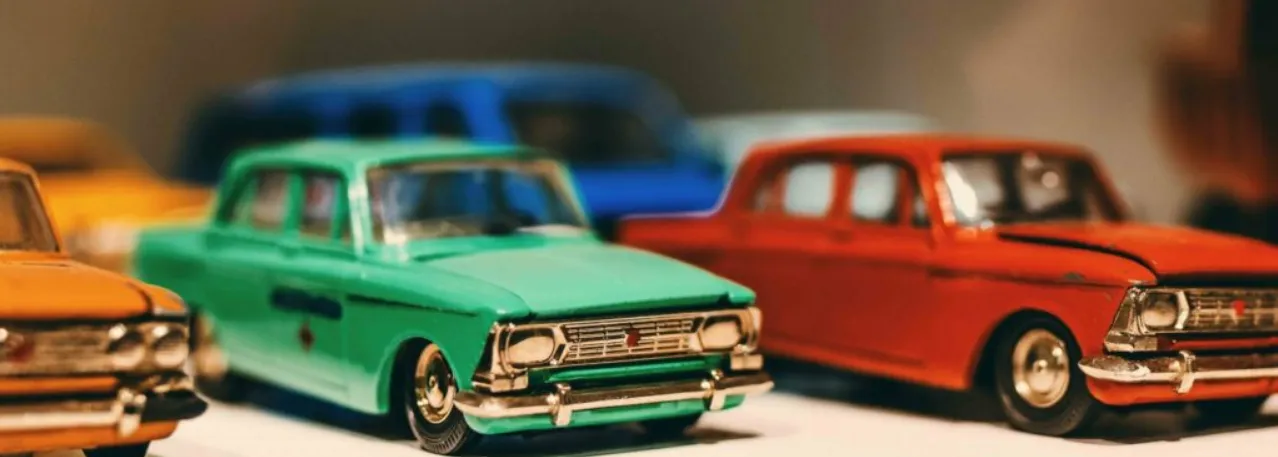
Regularly checking for sharp edges and burrs on diecast cars is a key safety practice. Run your fingers along the edges and surfaces of the car, especially around the wheels, windows, and any decorative features. If you find any sharp edges or burrs, they should be addressed immediately. You can use fine-grit sandpaper or a metal file to gently smooth them down. If the damage is severe, you might need to discard the car or contact the manufacturer for a replacement. Always supervise children while they are playing with diecast cars, especially if they are young. This can prevent any potential injuries.
Testing and Safety Standards
To ensure the safety of diecast cars, manufacturers adhere to various testing and safety standards. These standards are designed to assess the materials, construction, and overall safety of toys. Key testing standards evaluate factors such as the presence of hazardous materials, the durability of the components, and the risk of choking hazards. By meeting these standards, manufacturers demonstrate their commitment to producing safe toys. Understanding these standards can help parents and consumers choose safer products. Always look for certifications or markings that indicate that the toy has passed these tests. By choosing toys that meet these standards, you can help protect children.
Importance of Safety Certifications
Safety certifications provide an added layer of assurance that a diecast car meets specific safety standards. These certifications are often issued by independent testing laboratories. Popular certifications include those from ASTM International (American Society for Testing and Materials), the European Union’s CE marking, and others. These certifications verify that the toy has been tested and complies with the relevant safety regulations. Before purchasing a diecast car, it is best to check for any of these safety certifications. This will ensure that the toy is free from harmful components and the children can play safely. Certifications provide a trusted way to verify the toy’s safety.
The Durability of Diecast Cars
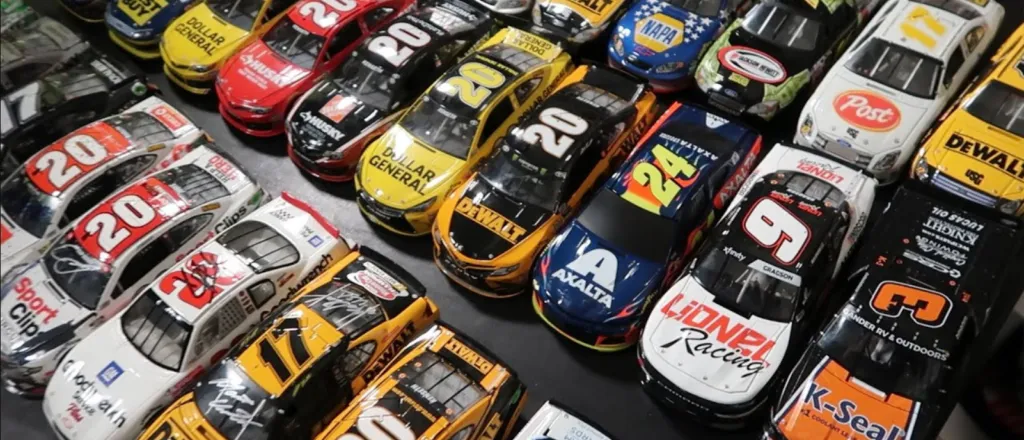
Diecast cars are known for their durability, but their longevity can vary based on factors like the quality of materials and the way they are used. High-quality diecast cars are typically designed to withstand rough handling, which is essential for toys. However, even the most durable car can be damaged, which can lead to safety concerns. Regular inspection of the car for any signs of wear and tear is important. Always make sure the toys are in good condition. Careful handling and age-appropriate usage can extend the lifespan of diecast cars and minimize potential hazards. This can also help to make sure the children are safe.
Longevity and Potential Breakage
The longevity of a diecast car depends on its construction, materials, and how it is used. While these cars are usually built to last, constant play, and rough handling can lead to wear and tear. Inspect the cars regularly for any signs of damage, such as cracked parts, loose wheels, or broken components. Breakage can create hazards, like sharp edges or small parts, so it is important to address the damage immediately. If a diecast car is showing signs of wear, consider repairing it if possible, or discarding it. Always be sure to discard broken toys that pose a safety risk. Properly maintained diecast cars are much safer.
Safe Play Practices for Diecast Cars
Implementing safe play practices is crucial for ensuring the well-being of children who play with diecast cars. These practices include several key measures, such as proper supervision, age-appropriate selection of toys, and regular inspection and maintenance. Always supervise young children while playing with diecast cars to prevent any potential hazards. Choose diecast cars suitable for the child’s age and developmental stage. Regularly check the cars for any damage, loose parts, or sharp edges. Teach children how to handle the cars safely and avoid putting them in their mouths. By following these practices, parents and guardians can create a safe and enjoyable play environment for their children.
